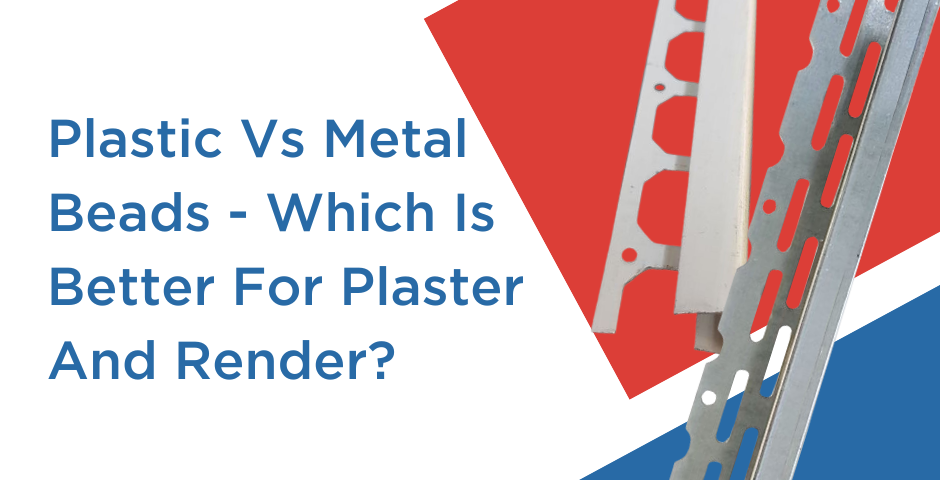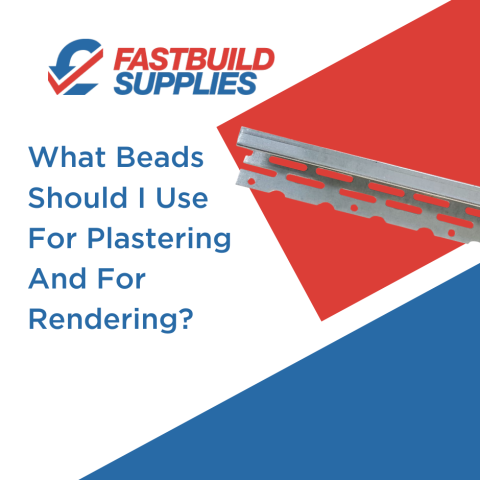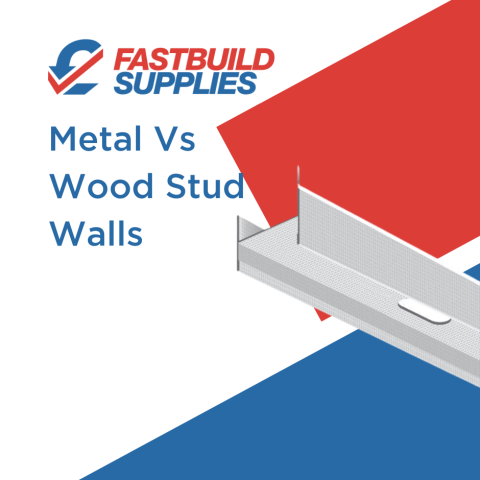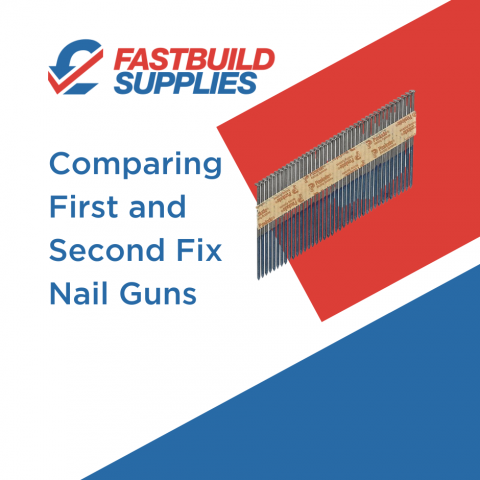
In the world of construction and home improvement, the choice of materials plays a pivotal role in the durability and aesthetics of the final product. When it comes to plastering and rendering, the selection of corner beads is a crucial decision that can significantly impact the overall quality of the finish.
Plastic and metal beads are two common options, each with its own set of advantages and disadvantages. We will explore the characteristics of plastic beads and metal beads to help you make an informed decision on which material is better suited for your plaster and render needs.
Plastic Beads for Plastering and Rendering
Plastic beads, often made from PVC, have gained popularity in the construction industry due to their lightweight nature and ease of handling. These beads are available in various profiles and sizes, making them versatile for different applications.
Advantages of Plastic Beads
One of the key advantages of plastic beads is their resistance to corrosion and rust, making them an ideal choice for both interior and exterior projects.
Corrosion Resistance
Plastic beads are impervious to corrosion, making them an excellent choice for exterior applications where exposure to the elements is a concern. Unlike metal beads, plastic beads do not rust over time, ensuring a longer lifespan and maintaining the integrity of the plaster or render.
Lightweight and Easy to Handle
The lightweight nature of plastic beads makes them easy to handle and install. This characteristic is particularly beneficial for contractors and DIY enthusiasts, as it reduces the physical strain associated with transportation and installation.
Versatility in Design
Plastic beads come in a variety of profiles and shapes, allowing for flexibility in design. Whether you are working on a traditional or modern project, plastic beads offer options that cater to different aesthetic preferences.
Cost-Effective
Plastic beads are generally more affordable than their metal counterparts. This cost-effectiveness makes them an attractive option for budget-conscious projects without compromising on performance.
Disadvantages of Plastic Beads
While plastic beads have many benefits, there are still some potential downsides to choosing them over metal beads.
Lower Impact Resistance
While plastic beads are durable, they may have lower impact resistance compared to metal beads. In areas prone to physical impact, such as high-traffic corners, metal beads may be a more suitable choice.
Limited Heat Resistance
Plastic beads may have limitations in applications where high temperatures are a concern. In areas close to sources of heat, such as fireplaces or external walls with intense sunlight exposure, metal beads might be a more suitable option.
Metal Beads for Plastering and Rendering
Metal beads, typically made from galvanised steel or stainless steel, have been a traditional choice in the construction industry for many years. These beads offer robustness and durability, making them suitable for a wide range of applications. Metal beads are often used in areas where strength and impact resistance are crucial.
Advantages of Metal Beads
There are several areas in which metal beads can be considered superior to plastic beads for plastering and rendering.
High Impact Resistance
Metal beads, especially those made from steel, provide excellent impact resistance. This makes them ideal for areas that are susceptible to physical damage, ensuring the longevity of the plaster or render in high-traffic zones.
High Heat Resistance
Metal beads can withstand high temperatures, making them suitable for applications near sources of heat, such as fireplaces or exterior walls exposed to intense sunlight. This heat resistance contributes to the durability of the overall structure.
Stability and Rigidity
Metal beads offer stability and rigidity, providing a straight edge for plaster or render applications. This characteristic is particularly important in achieving a smooth and uniform finish in corners and edges.
Long-Term Durability
Metal beads are known for their long-term durability and resistance to wear and tear. This makes them a reliable choice for projects where the goal is to create a lasting and robust structure.
Disadvantages of Metal Beads
Naturally, there are still a few potential downsides to choosing metal beads.
Corrosion Risk
While galvanised and stainless steel are corrosion-resistant to a certain extent, metal beads are not entirely immune to rust. Over time, especially in humid or coastal environments, there is a risk of corrosion, which can compromise the integrity of the bead and the finish.
Heavier to Handle
Metal beads are heavier than their plastic counterparts, which may make handling and installation more challenging.
Choosing between plastic and metal beads for plaster and render involves weighing the advantages and disadvantages of each material based on the specific requirements of your project. Plastic beads offer corrosion resistance, versatility in design, and cost-effectiveness, while metal beads provide high impact and heat resistance, stability, and long-term durability.
The decision ultimately depends on factors such as the project's location, budget constraints, and the level of durability and aesthetic appeal desired. By understanding the characteristics of both plastic and metal beads, you can make an informed choice that aligns with the goals of your construction or renovation project.






